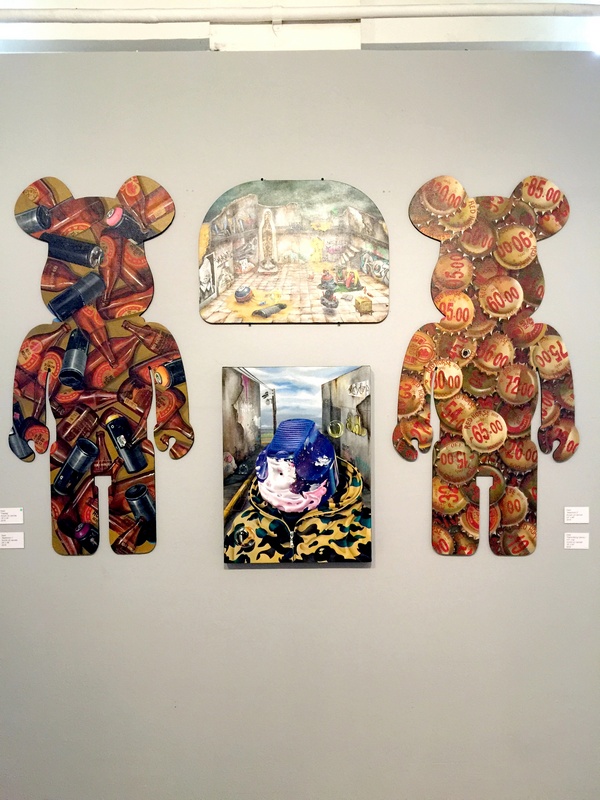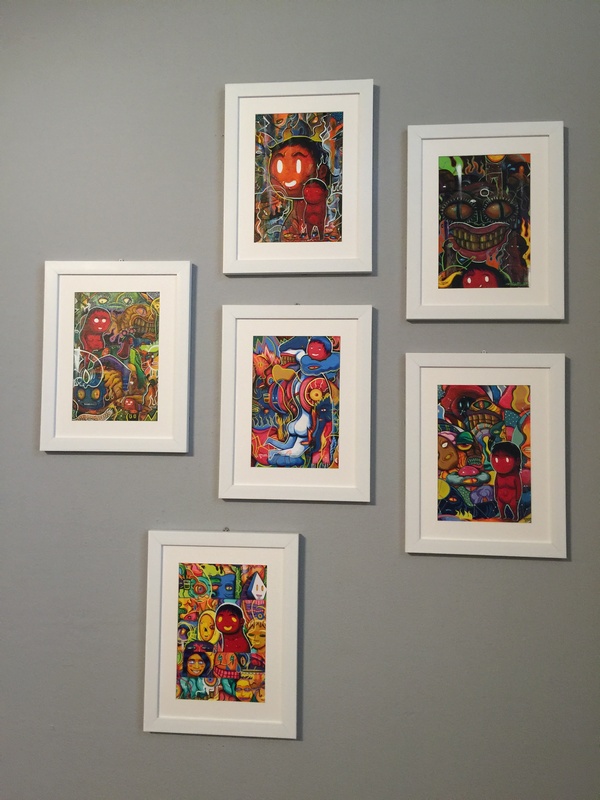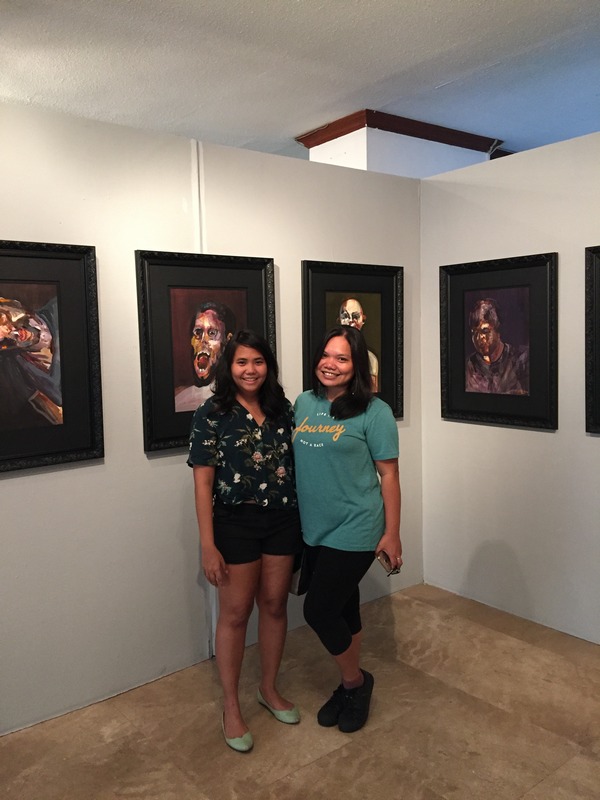
Daot Bacunador
‘TAGAY STORIES’
I WAS in Manila last week for several reasons but witnessing an art exhibit of Cebuano artists at the National Commission for Culture and the Arts (NCCA) Gallery in Intramuros was not one of them.
I was figuring out how to get from Ortigas to Binondo when I saw the post of my UP Cebu schoolmate Kenichi Wani about “Tagay Stories,” a Cebu artists group exhibition.
I had a meeting on the day of exhibit opening, but I promised to drop by that weekend. Finally, regional artists taking on the national art scene.
It also helps that NCCA executive director Rico Pableo Jr. is a proud Cebuano, who, according to Kenichi, revealed during the opening ceremony on July 4, that he hails from Moalboal.
In the list of seven artists, five names, including Kenichi, were familiar to me: Golda King (whose “En Route” series last year featuring images of children remains as my personal favorite); Ronyel Compra (another UP Cebu schoolmate); Jayson “Daot” Bacunador (whose works I knew of before his name); and Mark “Kidlat” Copino (whose “Balay-Balay” exhibit at the Qube Gallery in 2017 inspired me to write more about my childhood). Two other artists in the exhibit are Leonard Thomas Jopson and Lean Luis Reboja.
On a Sunday, I dragged my close friend Ana, a lawyer based in Manila, who is an avid art collector, to the exhibit. “This is a good first step for regional artists,” she said.
“There are many talented ones from Cebu but they seldom get the space and the attention in Manila.”
Mimi Santos, managing curator of the NCCA Gallery, said “Tagay Stories” is part of the gallery’s thrust to provide artists a venue to showcase their talents.

Leonard Thomas Jopson
“NCCA gives slot to regional artists. The ‘Tagay’ group applied last year with their concept of ’Tagay Stories’ and it was approved,” she explained. This group exhibit centered on the very Cebuano practice called “tagay,” a method in drinking session where a group of people (or it could be two) only uses one glass.
The glass is filled with liquor —which kind depends on the collective liking of the group—and is passed to one person who then consumes the liquid.
The tanggero then refills the glass with another dosage of liquor and is passed on to the next person. The cultural and social aspect of Cebuano’s tagay drove the theme right at the doorstep of the NCCA Gallery.
“They are uniquely Cebuano… the idea of tagay referring to drinking then applied to art.
They conceptualized their works by sharing a drink, they come up with their ideas while having tagay,” said Miss Mimi.
Each story that came out during tagay sessions were rendered into their respective canvases—and the exhibition was born.
By sharing a drink, they shared ideas, and as a result, they shared their works to the public. Kenichi’s art pieces featured drunk and non-drunk images of Odi, the playful, childlike character in his paintings.
Ana was drawn to one piece that says, “the one who does not drink,” bringing out a nostalgic feeling of her college and law school days at the University of San Carlos.

Lean Luis Reboja
Golda King’s six drunk people, documented and immortalized in acrylic on Yupo paper, took me back to the backstreets of UP Cebu, where students pile up at Liang’s for cheap yet tasty beer and two-songs-for-five-pesos karaoke.
I chuckled as I moved from one frame to the next eventually stopping at Leonard Jopson’s “Bahali Na” situated in the middle of what seems to be a forest and humanlike creatures with animal heads were standing (or half-buried on the ground?) looking up at a man (with pronounced breasts) who just got off from a creature that has not been welcomed by the animal kingdom.
Either you have a wild imagination or you were drunk to come out with a piece like that.
I suspect the latter.
Ronyel Compra’s artworks showcased his grandmother’s hinagiban (weapon), a personal story that he usually shares during tagay sessions.
“When my grandmother died, I returned to her home (in sitio Lib-og, barangay Guadalupe, Cebu City) and I used the remains of the deteriorating house including the objects inside such as the sundang and guna,” he said.
Ronyel imprinted the guna on raffia and lycra cloth to remind him of his roots and the stories behind it.
“These weapons were used by my grandmother on a daily basis when she was still alive. My works do not illustrate an image about tagay. They present the stories I share or contribute during tagay sessions,” he said.
We snapped photos and asked the guard to take photos of us. Ana and I exchanged thoughts about Cebu, our pride of place, and a wish that more Cebuano artists will conquer Manila.

The writer and photographer pose in front of Golda King’s paintings
We wrapped up our visit with aquestion to the guard, “Naay Bisaya ninyo diri kuya?”
The lady guard replied, “Kami.”
Taga-asa man mo?” I asked. The lady said: “Samar.”
“Ikaw, boss?” I asked the other guard.
“Taga Bohol akong ginikanan pero nagdako na ko sa Samar.”
Back in the car, I sent Kenichi some photos of the artworks, proof that I did visit the exhibit.
He replied with a thank you and an invitation, “Tagay ’nya ta Vert.”
I could not refuse.
The exhibit runs until July 31 at the NCCA Gallery in Intramuros, Manila.
